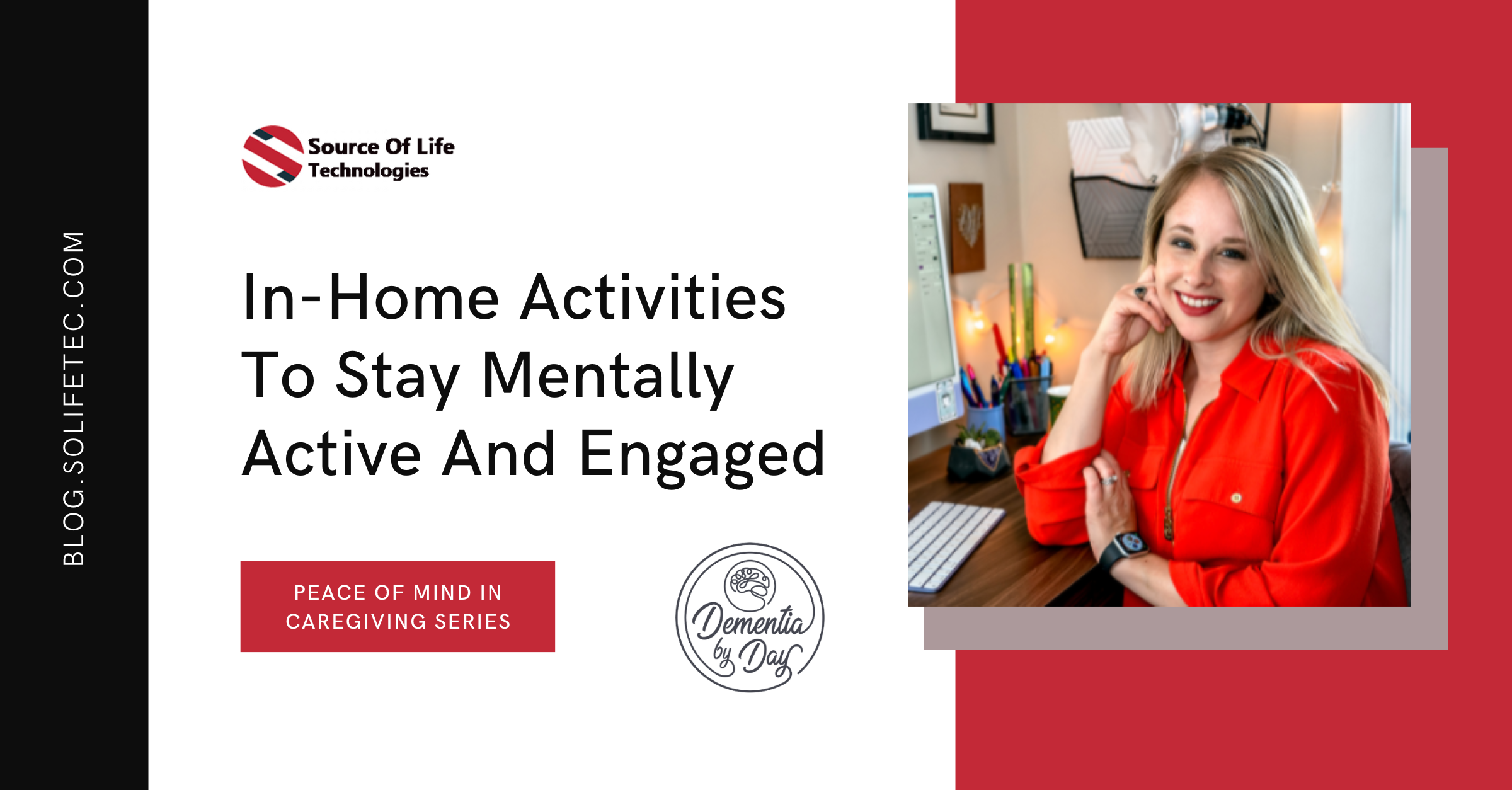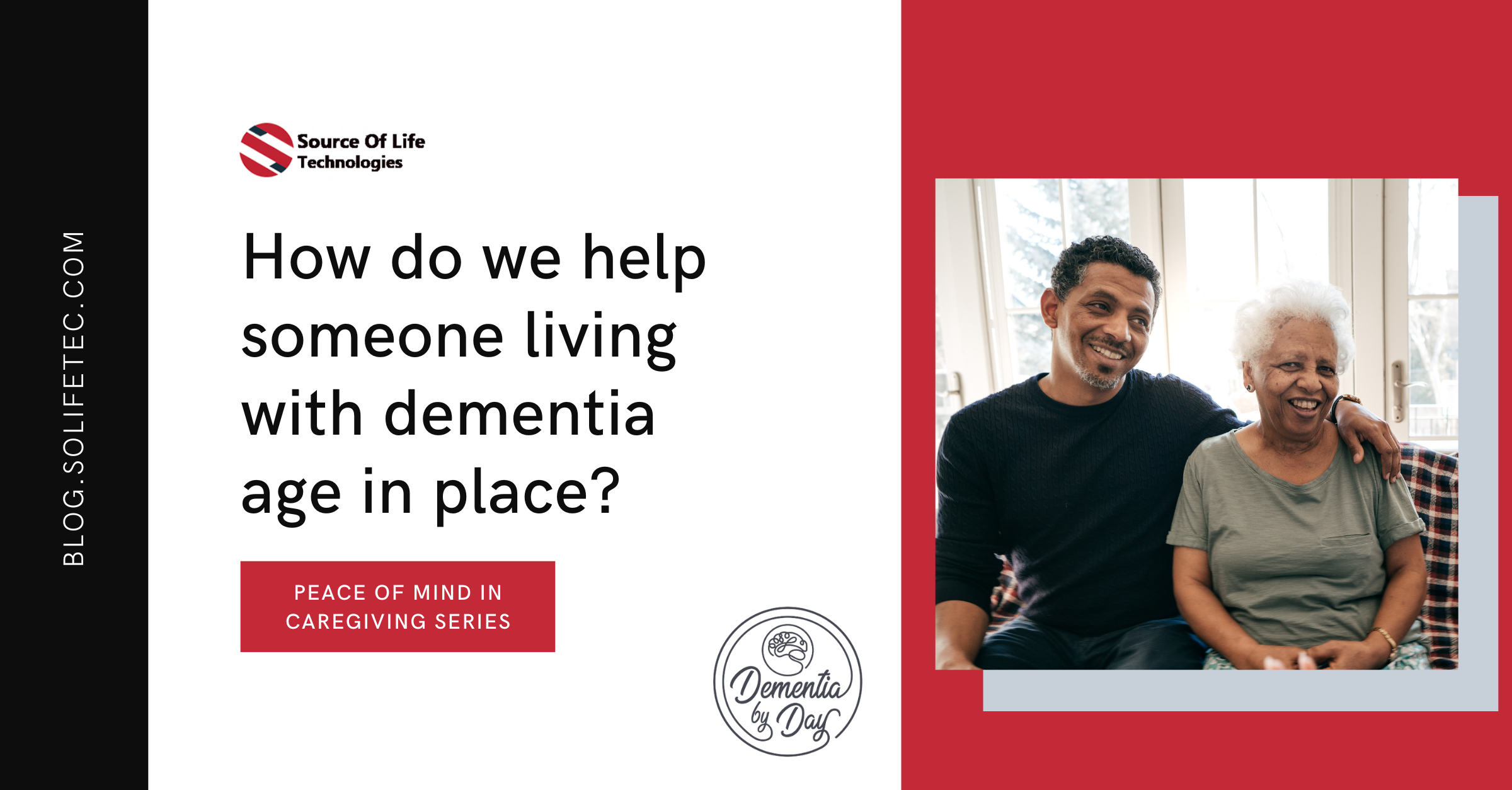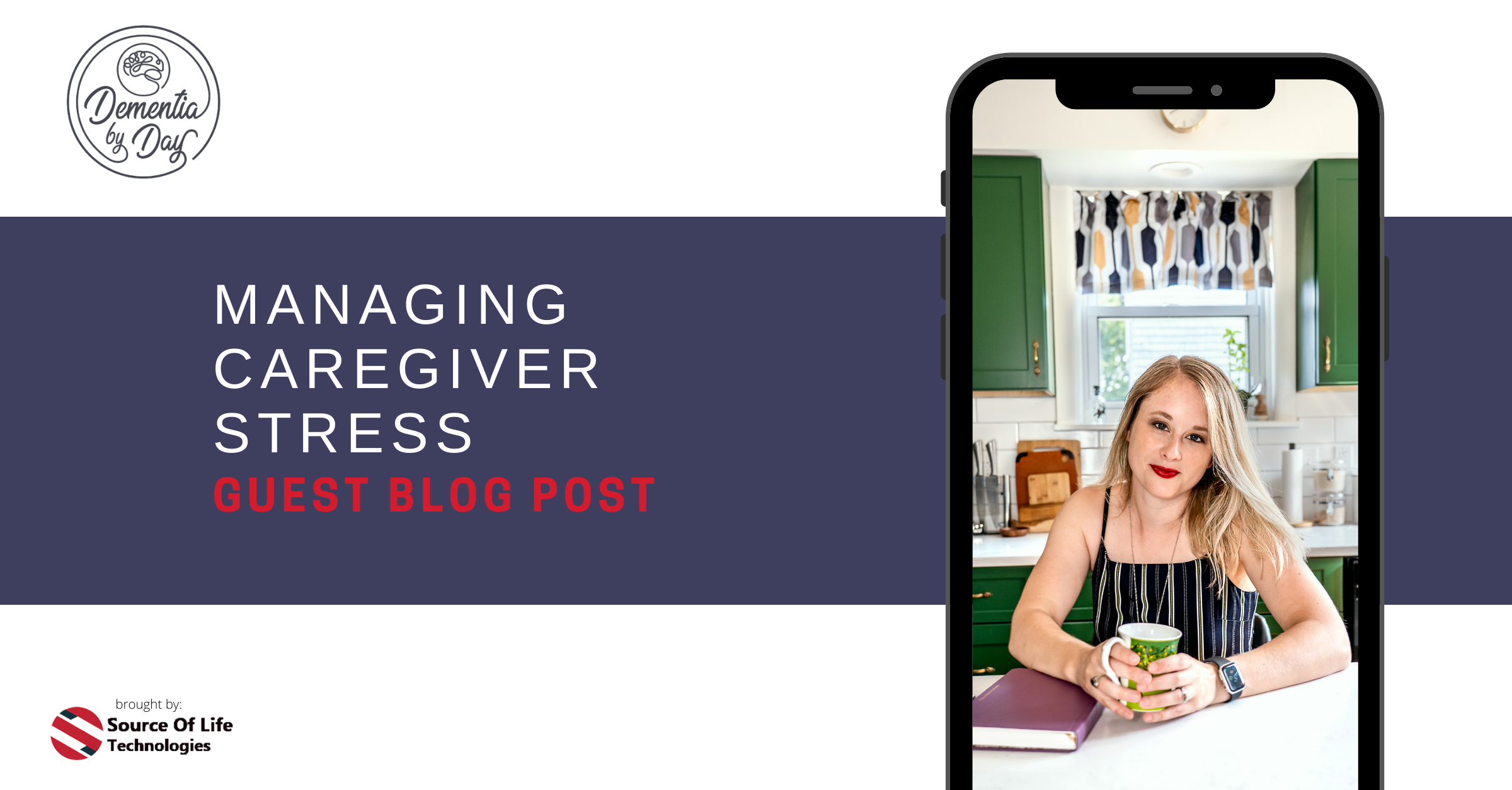In-Home Activities To Stay Mentally Active And Engaged

In collaboration with Rachael Wonderlin, Dementia By Day, Consultant to Source of Life Technologies
Quite often, I meet caregivers (both professional and family caregivers) who tell me that the people they know with dementia “don’t like to do anything at all.” I can count on one hand the number of people with dementia that I have met who truly do not want to do anything. Usually, the “not wanting to do anything” is brought on by a lack of options for activities.
One of my main goals when creating dementia-friendly activities is to offer engagement that is fun and challenging, but also not childish. We want to be able to live in the world of the person with dementia, rather than trying to drag them into ours.
The same concept of creating engaging programming works at home as well as in senior living settings:
It was my first time meeting Chris, and his daughter had requested that our home care agency do some exercise with him. Specifically, she wanted us to walk with him around the block, and maybe even take his small dog with us. I didn’t know much about Chris before I went to visit him, although his daughter had mentioned that he “had some trouble with his memory.” Upon visiting, though, I realized that his daughter had underestimated her father’s condition. Chris had mild-to-moderate dementia and trouble walking even a few feet inside the house. His daughter had clearly overestimated Chris’ ability to “walk around the neighborhood” safely. I wanted to fulfill her wishes, but I also wanted to ensure that we were doing the safest thing for Chris.
“Let’s do some warm-up exercises before we go on our walk,” I suggested. “Oh, I like stretching!” he smiled back. Like I did in the past, I stayed seated while doing each stretch. Chris was able to sit across from me and mimic my movements with ease.
One of my favorite things to do with people living with dementia is exercise. “Exercise” can be anything from morning stretches to a game of balloon toss. For the most part, exercise involves almost zero set-up and almost no extra materials. I have found that, even for individuals who are advanced in their dementia, exercise comes easily: most everyone is able to mimic and follow along.
In this example, all I did was adapt: I adjusted to the needs of the person living with dementia. We can do this for any activity, be it physical, arts and crafts, brain stimulation, and more.
Bag Toss: Bag Toss is a wildly popular game that I’ve tried both with my residents and in a home care setting. It’s easy and involves very little set-up. If you happen to have small “corn hole” boards, you can use these. You could also use any basket or other wooden board with a hole or holes cut into it. At one community, we lacked a wooden board, so I found three different size baskets. These worked just as well and our residents enjoyed competing to get the bag into the smallest basket.
Table Ball/Table Pong: This game is perfect for before or after meals, but, be aware, it can get pretty boisterous. Gather around a table and try to keep the ball on the table without knocking it onto the floor. Alternatively, set up cups on the table and fill them with water. Use a ping pong ball and take turns trying to land a ball in the cup. While most people normally play this game with beer, that usually isn’t a great option in this type of setting. Make sure that the person knows the water in the cups isn’t for drinking: it gets dirty pretty quickly!
Finishing Lyrics and Lines: These are song lyrics, common sayings, or pieces of advice that everyone has heard. You read the first part of the sentence, and the people you are working with fill in the blank. This is my favorite thing to do with people who have dementia. It's my favorite thing because it can be used in almost any situation. From people with Mild Cognitive Impairment all the way to people with very advanced Alzheimer's disease, I have seen this game work wonders. "I can't believe I know these," I've often heard people laugh joyfully. People remember lyrics and common phrases even when they cannot remember what they ate for breakfast. It is also common for people who have trouble speaking to be able to finish the sayings, as well. I have learned not to underestimate anyone with dementia when playing this game, and just go for it, see how it goes, and adjust accordingly. For example, if the person you are working with is great with naming famous song lyrics, find as many lyrics as you can. Make them feel as successful as possible.
Brainstorming: All this activity really needs is a whiteboard and whiteboard marker, or even a notepad with a pen and paper will do! You are going to name something, such as a holiday that is coming up, and talk about it. A great example is, "What kinds of foods do you eat at Christmas or Hanukah?" The person calls out things that they eat during the holidays, and you write each one on the whiteboard so that they can see their suggestions written down. Pause to talk about each example, and allow for plenty of stories and discussion.
Holiday Crafts: Log onto a site like Pinterest and you’ll be inundated with holiday-themed crafts, cocktails, songs, and decor. There are probably a million different ways to engage someone living with dementia in holiday-related ways. Find a craft or even a snack that you can make together with minimal setup. This will help the individual feel useful and necessary as you put together something for the upcoming holiday!
Find even more ways to engage a person living with dementia in my second book, Creative Engagement, linked here.
From senior care fall strategies to online engagement and mobile app opportunities, healthcare shouldn’t be reactive - it should be proactive. Doors have been opened to on-demand healthcare and it turns out the overwhelming majority of patients, physicians, families and therapists want to continue down that path. The decision to modernize your senior care strategies is a big one and doesn’t happen overnight. Talk to the Source of Life Technologies team for the guidance and direction you need to make the change in your organization or home.

